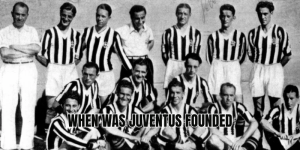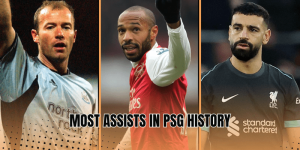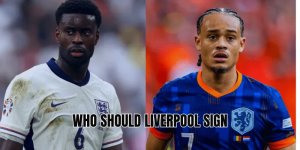From the Maracanã to the negotiation tables of Europe, Flamengo has long played a starring role in South American football’s transfer dramas. But when it comes to their Flamengo transfer record, what truly stands out is how the Carioca club has evolved —, KorKick will take you through Flamengo’s most expensive signings, its biggest sales, and how the club’s transfer strategy reflects its ambition and challenges.
The meaning behind a “transfer record” at Flamengo
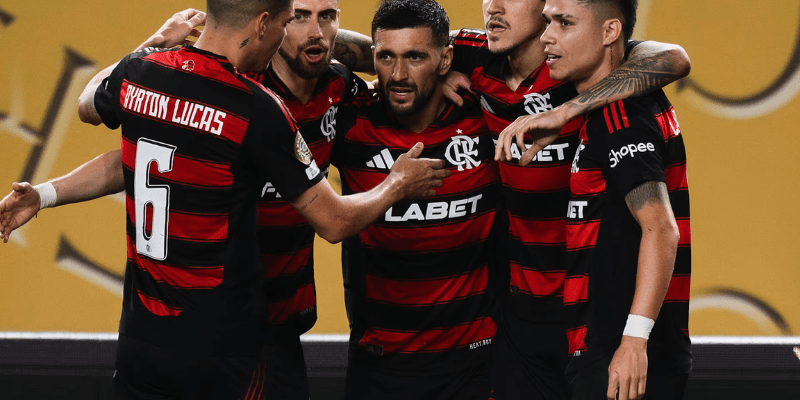
Every club has its high-water mark — the most money ever spent (arrival record) or received (sale record). For Flamengo, these numbers are not just accounting lines. They tell a story of changing power dynamics in Brazilian football, the tension of balancing sporting ambition with financial reality, and how a club with passionate fans in one of the world’s biggest football nations manages its roster.
- The arrival record at Flamengo marks the point when the club stretched its budget to land a top player.
- The departure record shows Flamengo’s ability to develop or spotlight talent that commands big valuations abroad.
- Watching how those numbers shift over time gives insight into both Flamengo’s growth and the underlying economic pressures in Brazilian football.
Below, we break down both sides of Flamengo’s transfer record, explore major recent deals, and interpret what this means for the club’s future.
Flamengo’s most expensive incoming transfers
The new king: Samuel Lino (2025)
In July 2025, Flamengo smashed its own incoming record by acquiring Samuel Dias Lino from Atlético Madrid for €22 million (R$141.8 million). This move leaped over previous peaks and signaled the club’s willingness to bet big on attacking talent. Today, Lino is widely recognized as Flamengo’s most expensive signing.
Lino, a Brazilian winger/wing-back, had shown flashes of quality in Europe before returning home. Now in the Carioca red and black, he carries both expectation and pressure as Flamengo seeks silverware.
Previous benchmarks
Before Lino reigned, Flamengo’s top signings included:
- Carlos Alcaraz for €18.0 million — previously widely reported as Flamengo’s biggest purchase before 2025.
- Pedro from Fiorentina — circa €14 million
- Gerson — when first signed by Flamengo, cost nearly €11.8 million, making him one of the most expensive domestic signings at the time.
- Gabigol (Gabriel Barbosa) — when he returned, his price tag (~€17.45 million) placed him among the top arrivals in club history.
These figures show Flamengo’s trajectory —.
Flamengo’s most expensive sales
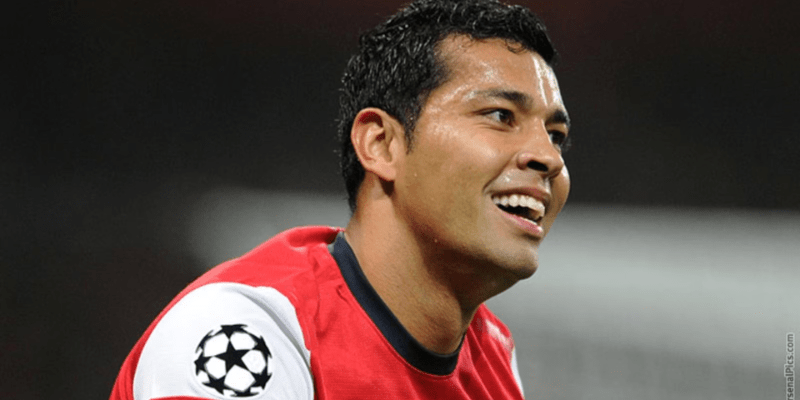
Vinícius Júnior still leads
No outgoing deal beats Vinícius Júnior’s 2018 move from Flamengo to Real Madrid for €45 million (R$164 million). That deal remains Flamengo’s biggest sale to this day.
Other top departures
Here’s a look at other major sales that mark Flamengo’s record books:
| Player | Destination | Fee (approx.) | Year |
| Wesley França | AS Roma | €25 million | 2025 |
| Gerson | Zenit Saint Petersburg | €25 million | 2025 |
| Lucas Paquetá | AC Milan | ~€35 million | ~2019 |
| Reinier | Real Madrid | ~€30 million | 2020 |
One particularly striking example: Flamengo’s sale of Gerson began as a club landmark and later was matched in magnitude when he would later depart a second time.
These transactions show Flamengo’s dual identity: both a buyer willing to spend and a talent factory able to cash in.
How Flamengo’s transfer record reflects broader trends
1. Rising spending power in Brazilian clubs
Flamengo’s record deals are evidence that top Brazilian clubs are increasing their financial ambitions. The fact that a Brazilian side now pays €22 million for a player shows the narrowing gap between South American and European clubs in certain markets.
2. Profitability through smart trading
While Flamengo invests on the arrival side, its sales often commercialize the club’s developmental success. Producing or showcasing talent like Vinícius Júnior or Gerson yields both competitive and financial returns.
3. Risk and reward
Big-money moves come with high stakes. If a record signing fails to deliver, the financial burden becomes acute in leagues where revenue streams are more constrained than in Europe. Flamengo’s ability to absorb mistakes depends on balancing board support, fan patience, and sporting results.
4. Player valuation escalation
The rising numbers reflect inflation in football: television rights, global scouting, and media revenue push every transfer upward. What was a massive fee a decade ago now looks mid-range. Flamengo’s records mirror that trend.
Recent transfer highlights tied to the record narrative
Wesley’s big exit to Roma
In 2025, Flamengo agreed to sell Wesley França to Roma for approximately €25 million (including bonuses). That departure now ranks second in Flamengo’s history in terms of amount received.
This sale is telling: it came the same window when Flamengo set a new arrival record, showing they are willing to spend big and sell smart in tandem.
Alcaraz’s loan and permanent move
Carlos Alcaraz moved, a deal later made permanent for €15 million. While not a record-breaking sale for Flamengo, it underlines the club’s willingness to let talent mature abroad.
Challenges Flamengo faces with scaling records
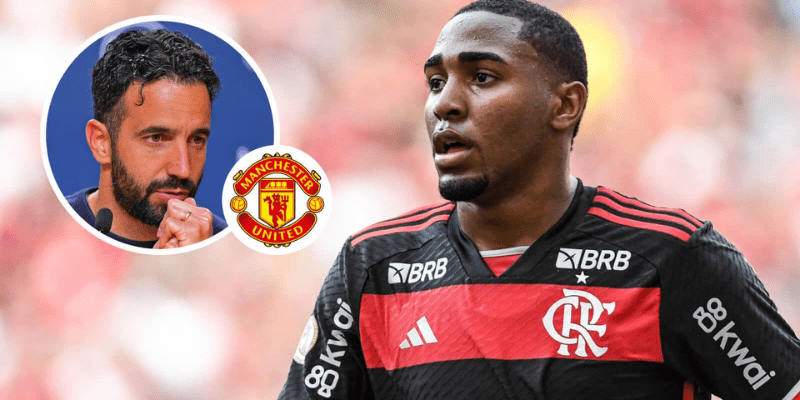
Foreign currency volatility
Since many of Flamengo’s deals are denominated in euros or dollars, exchange rate swings in Brazil’s real can amplify costs or diminish gains.
Pressure from fans and media
When a Flamengo transfer record is set, expectations skyrocket. Every goal, assist, or mistake by that new signing is magnified under the spotlight.
Balancing short-term results vs long-term sustainability
Spending heavily can jeopardize financial stability if a club doesn’t maintain performance, support.
What the future may bring
If Flamengo continues on this path:
- New arrival records will be challenged, possibly eclipsing €22 million in coming windows if the club chases marquee global stars.
- Sales may inch closer to or surpass the Vinícius benchmark, particularly if young Brazilians at Flamengo draw European suitors.
- The club will likely adopt increasingly sophisticated frameworks (sell-on clauses, structured payments, performance bonuses) to mitigate risk.
Final Thoughts
Flamengo transfer record is more than a number—it’s a narrative of ambition, evolution, and balance. The club’s audacious record signing of Samuel Lino, coupled with high-profile sales like Vinícius Júnior and Wesley, mirror the dual identity of Flamengo: both buyer and seller, builder and exporter.
As Flamengo continues its quest for domestic and continental glory, the transfer record will keep shifting, offering fans, professionals, and analysts a lens into the club’s strategy and status. The next time a deal breaks the mold, KorKick will be here to break it down with you—and help you understand not just the number, but the story behind it.


